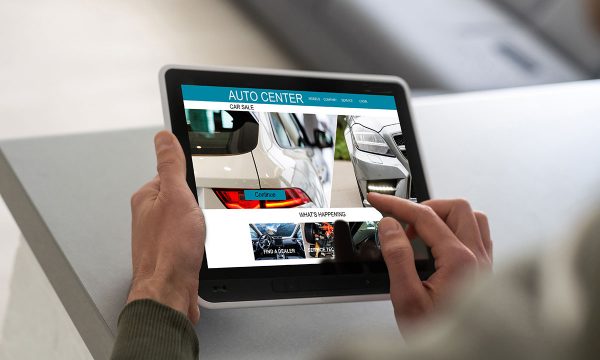The new battleground for success is providing an unrivalled customer experience. But what does that really mean?
The terms “customer service” and “customer experience” are commonly used interchangeably. There are, however, key differences between the two, and offering great customer service is not enough to achieve long term customer loyalty.
Customer service is defined as: “the assistance and advice provided by a company to those people who buy or use its products or services.”
It is essentially what the company does. It is an event that is transactional, quantifiable, and reactive in nature. Customer service is merely a part of the overall customer experience.
Customer experience, on the other hand, encompasses the whole customer journey and is less tangible. It is subjective, experiential, and proactive in nature. As opposed to being a particular event, it is the feeling of the customer based on their own perception and expectations.
So, if customer experience hinges on the feelings, perceptions, and expectations of the customer, how do we manage and optimize it?
Communicating with transparency: According to Google research in 2019, 51 per cent of customers reported that they were frustrated at a dealership. A quick review of negative reviews for various dealerships shows a common theme: poor communication and transparency.
To optimize customer experience, dealers must be dedicated to effectively communicating processes and reasoning to the customer throughout, while proactively confirming understanding from the perspective of the customer.
The moment that the customer feels a lack of transparency, trust is lost and extremely difficult to regain.
Customers don’t care, nor should they, about internal politics between departments. In their view, every employee represents the dealership as a whole and they expect a consistent experience.
Interdepartmental collaboration:
In other research from Google Gearshift 2022, a top reason for customer frustration was what they perceived to be “attempts to sell unwanted services” — with 39 per cent reporting that they experienced this.
In the sales department, this is likely due to poor explanations of available services throughout the sales process, and poor teamwork between the salesperson and the financial services manager. Internal processes should be reviewed to minimize conflict in the goals of each department and amended so that each department can effectively support the other, while achieving the primary goal of delivering a great customer experience — every single time.
One size fits one: Standard operating procedures are certainly important to achieve consistency in customer service. To optimize the overall experience, however, dealers need to be nimble and open to variations of their procedures to suit individual customers. To do this effectively, time and attention needs to be taken to get to know the customers’ communication preferences and their expectations of the experience. With this information, team members can tailor the process to the customer, make accurate recommendations, and enhance the overall experience.
Authenticity: Authenticity is an important factor in developing trust and loyalty among your customer base. Customers need to feel that the dealership truly cares about their experience and satisfaction.
A stand-out in the industry is Lexus. A cornerstone of the Lexus experience is “omotenashi,” a Japanese word that roughly translates to ”warm hospitality.” In fact, the Lexus Covenant states: “Lexus will treat every customer as we would a guest in our home.”
This means being proactive in ensuring customers are comfortable, relaxed, and enjoying their experience. It means showing a genuine interest in each customer, how they perceive the interaction, and taking steps to ensure that expectations are exceeded.
Leadership and culture: While the customer experience is delivered by the front-line employees, the overall responsibility is on the shoulders of leadership. To effectively deliver on the points mentioned above, leaders need to intentionally create and nurture a culture where staff are supported, encouraged to share ideas, and empowered to go above and beyond for their customer.
Internal processes should be reviewed and critiqued by management with the customer experience at the forefront. Leaders should apply the same factors to their teams: communicate with transparency, look for opportunities to bring departments together with common goals, and adapt leadership styles to effectively coach, develop, and empower their team members.
In summary, transitioning from customer service to customer experience does not necessarily require significant financial investment. At a foundational level, it is about creating a customer first mindset across all departments, being proactive, and working as a team to build an authentic and trusting relationship with each customer.












